Big cats don’t just rule the wild.
They’ve clawed their way into our stories, our art, our gods, and our dreams.
From ancient temples to modern tattoos, lions, tigers, leopards, and jaguars have been symbols of fear, worship, royalty, and raw power. These creatures didn’t just walk through jungles—they stomped into human history and left deep, permanent pawprints.
They’ve guarded thrones, inspired warriors, and even starred in Saturday morning cartoons. Their influence is everywhere—etched into myths, roared into legends, and splashed across pop culture with all the flair you’d expect from creatures this fierce.
Let’s take a look at 14 ways these magnificent predators have shaped the world far beyond their natural habitats. You might be surprised just how deep their claws go.
The Lion in Ancient Egypt
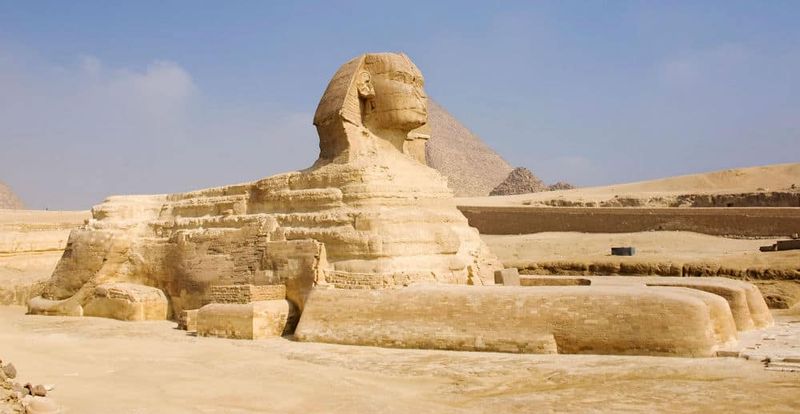
In ancient Egypt, lions were symbols of power and protection. Pharaohs often associated themselves with lions, symbolizing their strength and regal authority. Temples dedicated to gods like Sekhmet, the lioness goddess, reflect this reverence.
These temples were adorned with carvings and statues, celebrating the lion’s ferocity and grace. Lions were also believed to guard the horizon and ensure a successful journey through the afterlife.
Their presence in tombs signified protection and guidance for the deceased. This powerful symbolism continues to resonate, showcasing the lion’s enduring cultural impact. From art to religion, Egyptian culture celebrated the lion’s majestic presence.
Tigers in Chinese Culture
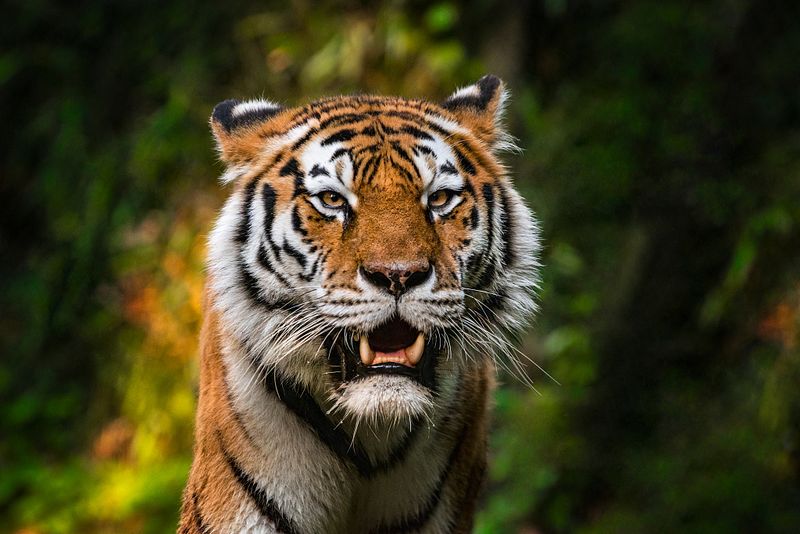
Tigers hold a prominent place in Chinese culture, symbolizing bravery and protection. They are often depicted in art and folklore, representing the yang energy, which is powerful and assertive.
The White Tiger is one of the four celestial animals in Chinese mythology, guarding the west and symbolizing autumn. In martial arts, tiger forms emphasize strength and agility, reflecting the animal’s fierce nature.
Tigers are also associated with courage and are believed to ward off evil spirits. This deep cultural connection highlights the tiger’s timeless influence across generations, embodying both fearsome power and noble guardianship.
Jaguars and the Mayan Civilization
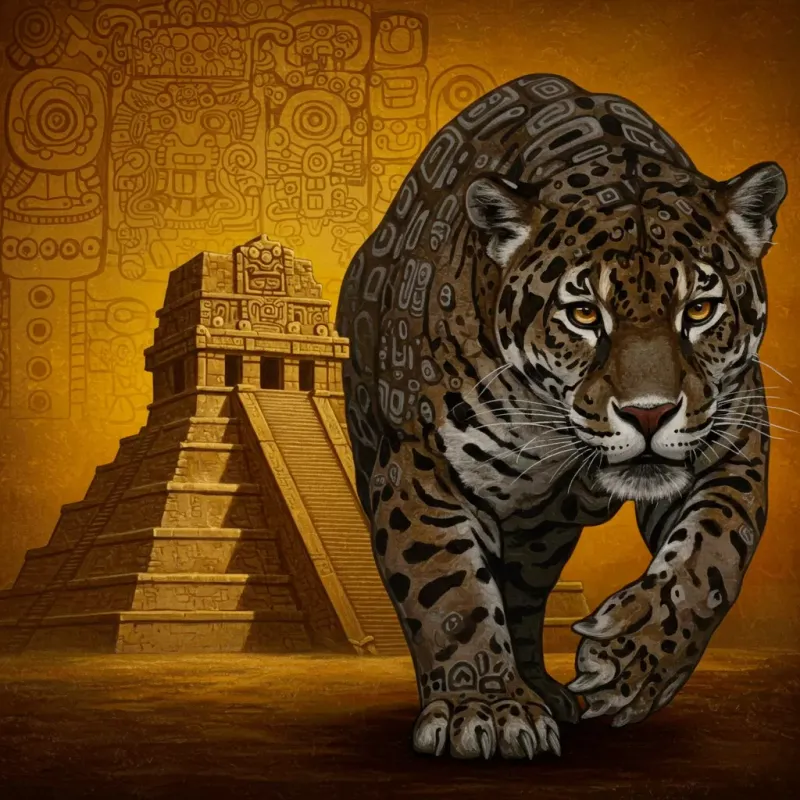
In the Mayan civilization, jaguars were revered as mystical and powerful creatures. They were seen as spiritual guides and were often linked to the afterlife. The jaguar’s nocturnal nature made it a symbol of the underworld, feared and respected in equal measure.
Mayan kings wore jaguar pelts in rituals, signifying their divine connection and authority. These majestic felines appear in various artworks, highlighting their importance in Mayan mythology.
The jaguar’s role as a bridge between worlds showcases its profound cultural significance, illustrating the deep respect and awe it inspired among the ancient Mayans.
The Cheetah in African Folklore
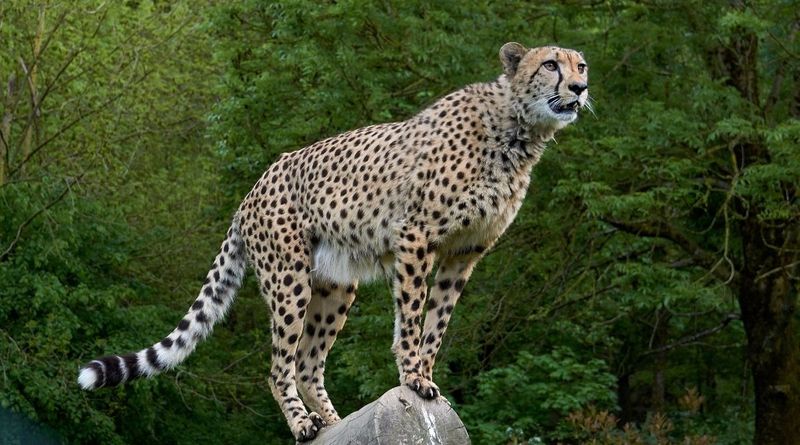
In African folklore, the cheetah is celebrated for its unparalleled speed and agility. Tales of the cheetah’s swiftness are passed down through generations, often used to teach lessons of perseverance and cunning.
The cheetah is also seen as a protector of the tribes, with legends describing its role in safeguarding against danger. Its sleek, spotted coat is admired, often symbolizing beauty and grace.
The cheetah’s presence in African storytelling reflects the deep connection between these magnificent creatures and the people who share their land, embodying both admiration and spiritual significance.
Snow Leopards in Central Asian Mythology
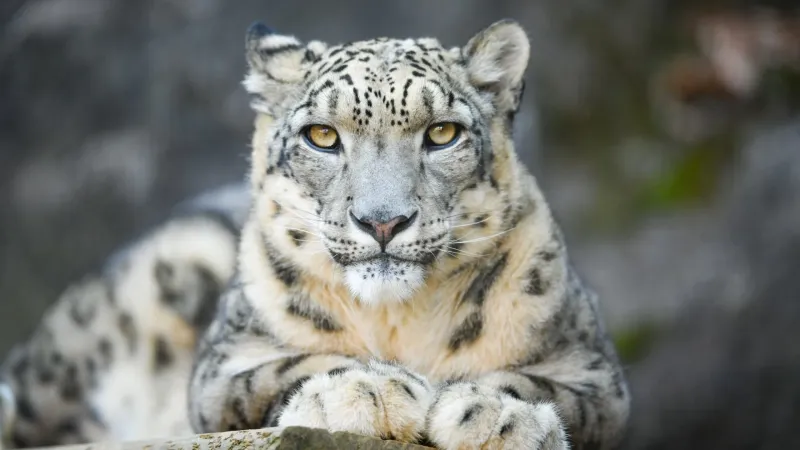
Snow leopards, often referred to as “ghosts of the mountains,” hold a revered place in Central Asian mythology. Their elusive nature and striking appearance have inspired tales of mystery and magic. These solitary creatures are seen as guardians of the mountain spirits, embodying wisdom and tranquility.
In some cultures, snow leopards are believed to be the reincarnation of ancestors, watching over their descendants. Their graceful movements and ability to navigate harsh terrains symbolize resilience and strength.
The snow leopard’s enigmatic allure continues to captivate, weaving its presence into the cultural tapestry of the region.
Leopards in African and Asian Art

Leopards, known for their agility and strength, have long been subjects of artistic expression in both African and Asian cultures. African tribes often depict leopards in masks and sculptures, symbolizing leadership and prowess.
In Asian art, leopards are admired for their beauty and stealth, often appearing in paintings and textiles. Their spotted coats are seen as symbols of individuality and uniqueness.
These artistic representations celebrate the leopard’s grace and power, reflecting the admiration and respect these animals command across diverse cultures and artistic traditions.
Cougars in Native American Traditions
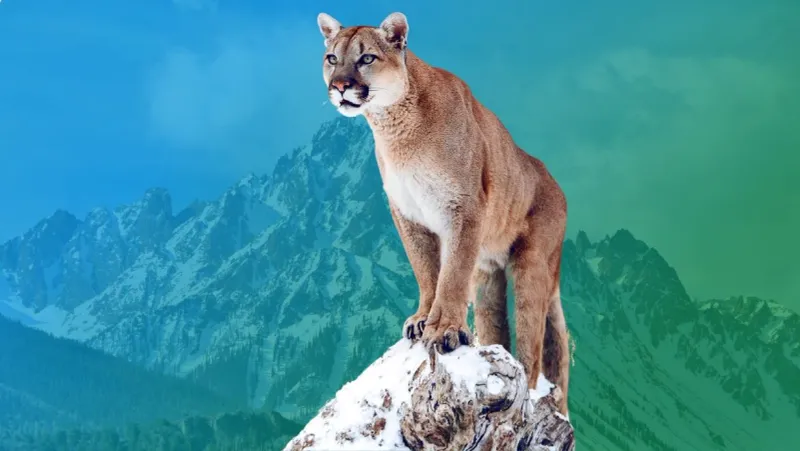
In Native American traditions, cougars are revered as symbols of leadership and determination. Known for their solitary nature and strength, they are often seen as guides and protectors.
The cougar’s presence in totems and storytelling illustrates its role as a spiritual guardian. Some tribes believe that cougars possess the power to heal and bring balance, embodying the spirit of the land. Their agile movements and stealthy approach symbolize wisdom and foresight.
The cougar’s cultural significance is deeply intertwined with the values of courage and resilience, reflecting the profound respect held for these majestic animals.
The Lion Dance in Asian Festivals
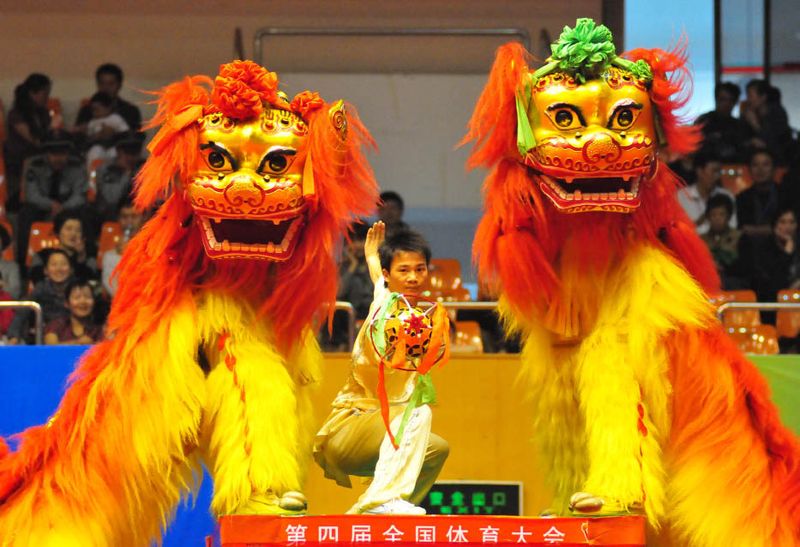
The lion dance is a captivating tradition in many Asian festivals, symbolizing good luck and prosperity. Performers wear elaborate lion costumes, mimicking the animal’s movements to ward off evil spirits.
This vibrant display is a staple during celebrations like the Chinese New Year and the Mid-Autumn Festival. The lion dance’s rhythmic drumming and acrobatic feats create an atmosphere of joy and excitement.
It embodies the lion’s power and grace, bringing communities together in celebration. This lively tradition continues to thrive, showcasing the lion’s enduring influence and cultural significance across Asia.
Panthers in Pop Culture
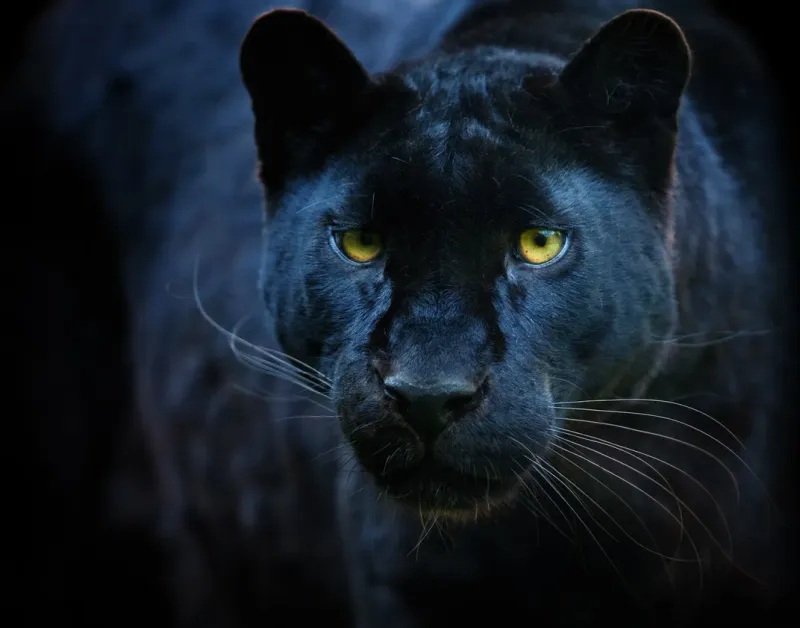
Panthers have become iconic figures in pop culture, symbolizing elegance and mystery. From comic books to films, these sleek creatures captivate audiences with their enigmatic presence.
Characters like the Black Panther in Marvel comics highlight themes of empowerment and justice. Panthers often represent resilience and independence, resonating with those who value strength and grace.
Their portrayal in media reinforces their allure, appealing to a wide audience. The panther’s cultural significance extends beyond mythology, influencing contemporary narratives and inspiring admiration for their striking beauty and powerful symbolism.
Lynxes in European Folklore
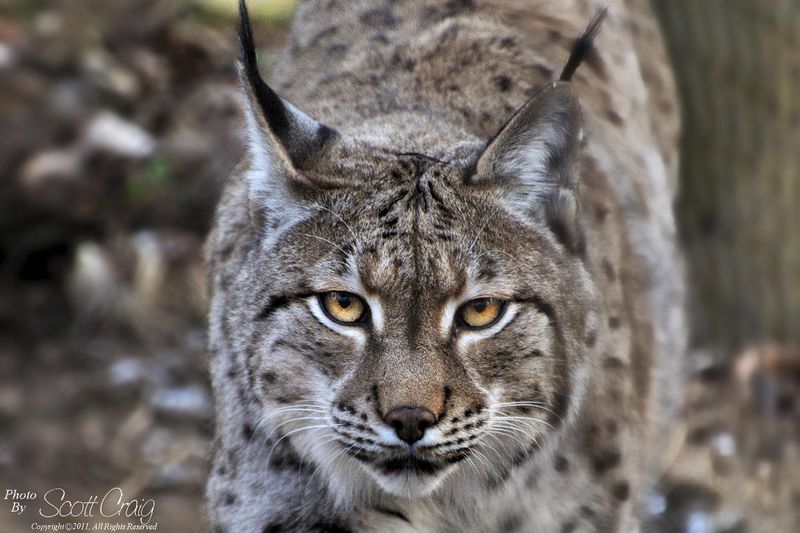
Lynxes, with their tufted ears and piercing gaze, feature prominently in European folklore. They are often associated with vision and insight, believed to possess the ability to see beyond the physical world.
This mystical quality has made the lynx a symbol of intuition and wisdom. Stories often portray lynxes as guardians of ancient secrets, revered for their ability to uncover hidden truths.
Their elusive nature and serene demeanor add to their allure, making them fascinating subjects in folklore. The lynx’s legendary insight continues to inspire, weaving its magic into the cultural narratives of Europe.
Ocelots in Pre-Columbian Art
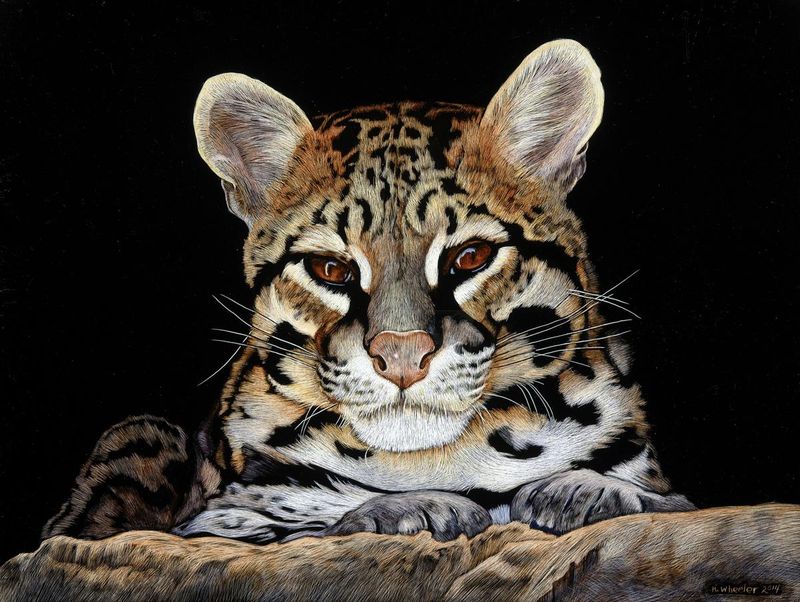
Ocelots, with their striking coat patterns, have been celebrated in Pre-Columbian art. Often depicted in pottery and sculptures, they symbolize fertility and abundance. The ocelot’s graceful appearance and hunting prowess made it a revered figure in ancient cultures.
These feline representations are not only artistic but also spiritual, reflecting the deep connection between humans and wildlife. The ocelot’s presence in art highlights its role as a powerful symbol of nature’s beauty and abundance.
This cultural significance endures, offering a glimpse into the rich tapestry of Pre-Columbian life and beliefs.
Lions in European Heraldry

In European heraldry, lions are emblematic of bravery and nobility. Their majestic mane and regal stance appear on countless coats of arms, representing strength and honor.
The lion’s association with royalty and leadership makes it a popular choice for noble families and institutions. Heraldic lions often appear in various poses, each symbolizing different virtues like courage and vigilance.
This enduring symbol reflects the cultural admiration for the lion’s power and prestige, weaving it into the very fabric of European identity. The lion’s presence in heraldry continues to inspire pride and respect.
Pumas in South American Folklore
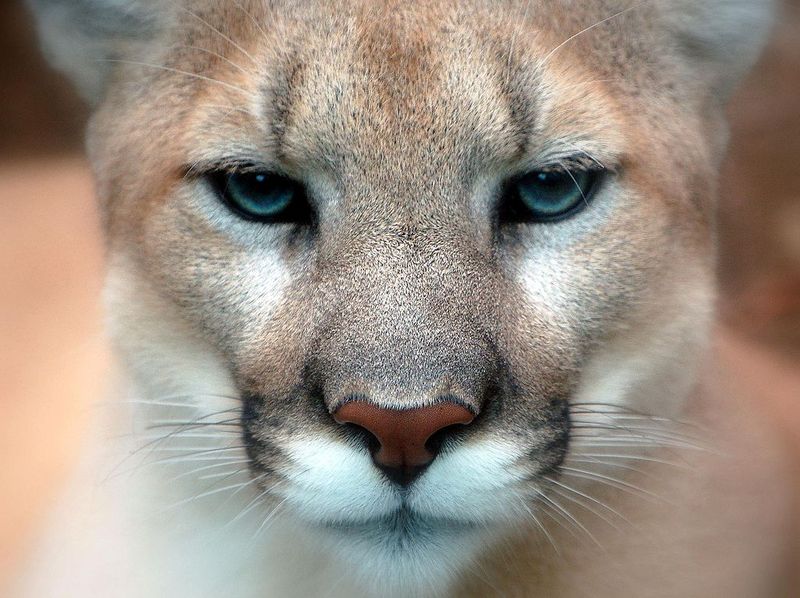
In South American folklore, pumas are respected for their strength and adaptability. They are often seen as protectors of the mountain regions, embodying resilience and survival.
The puma’s ability to thrive in diverse environments has made it a symbol of perseverance. Stories of pumas often emphasize their role as guardians, reflecting the deep connection between these animals and the land.
Their powerful presence in folklore serves as a reminder of the balance between nature and humanity, highlighting the puma’s enduring influence and cultural significance across the continent.
Clouded Leopards in Southeast Asian Myth
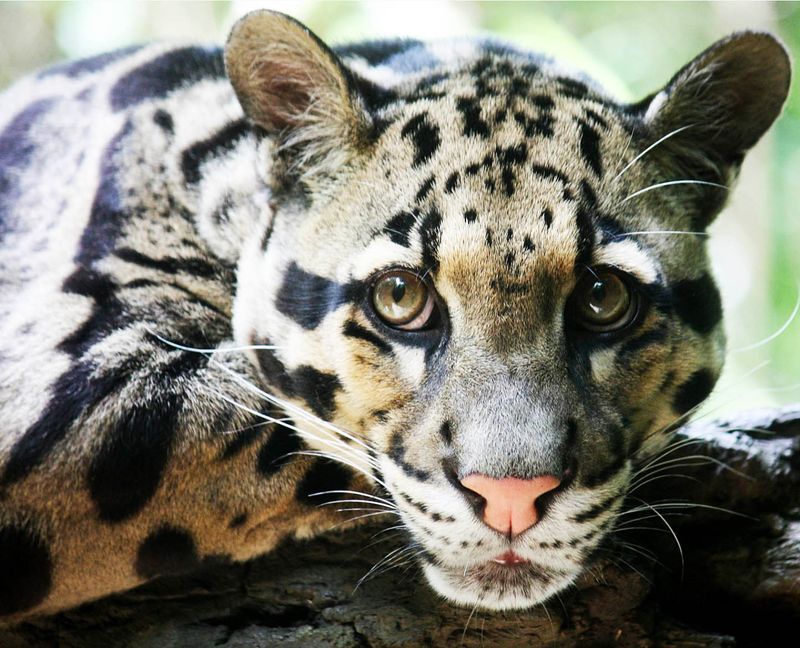
Clouded leopards, with their distinctive cloud-like markings, are revered in Southeast Asian myth. These elusive felines are often associated with mystery and beauty, inspiring tales of enchantment and intrigue.
Their presence in the dense rainforests symbolizes the untamed beauty of nature, embodying both grace and strength. Clouded leopards are believed to possess magical qualities, often seen as guardians of the forest.
This mythical allure continues to captivate, weaving the clouded leopard into the cultural tapestry of the region, celebrating its enigmatic charm and natural elegance.

